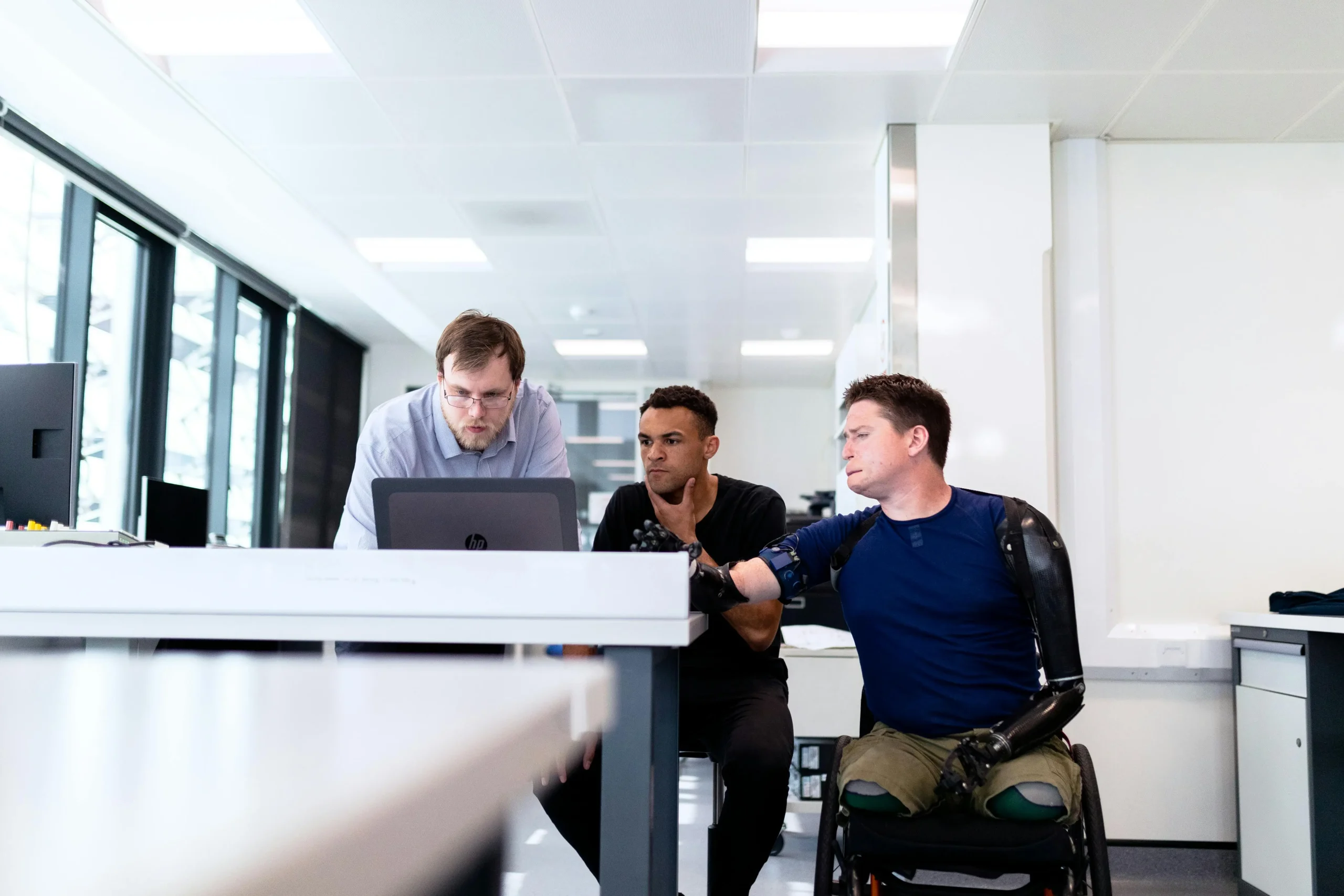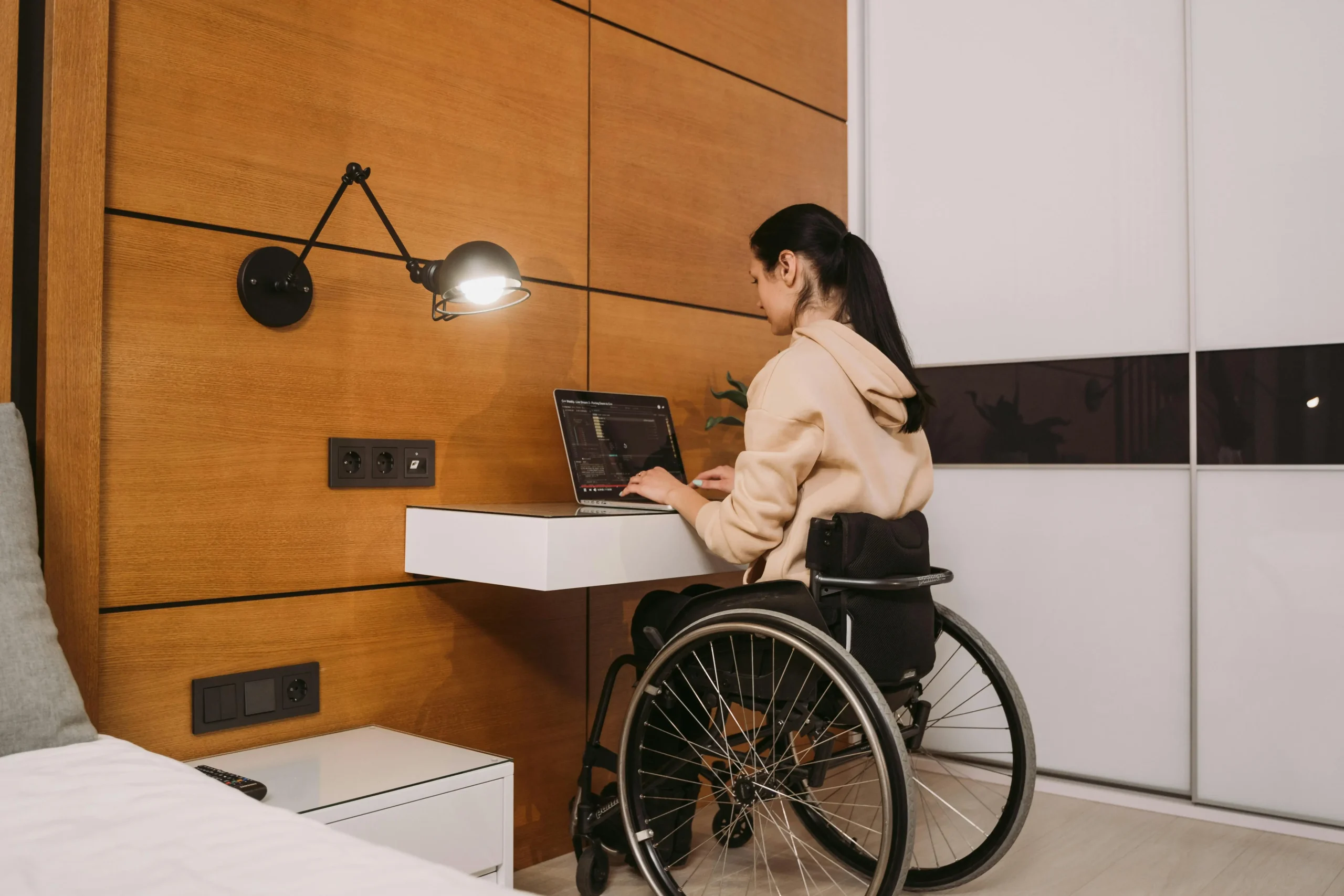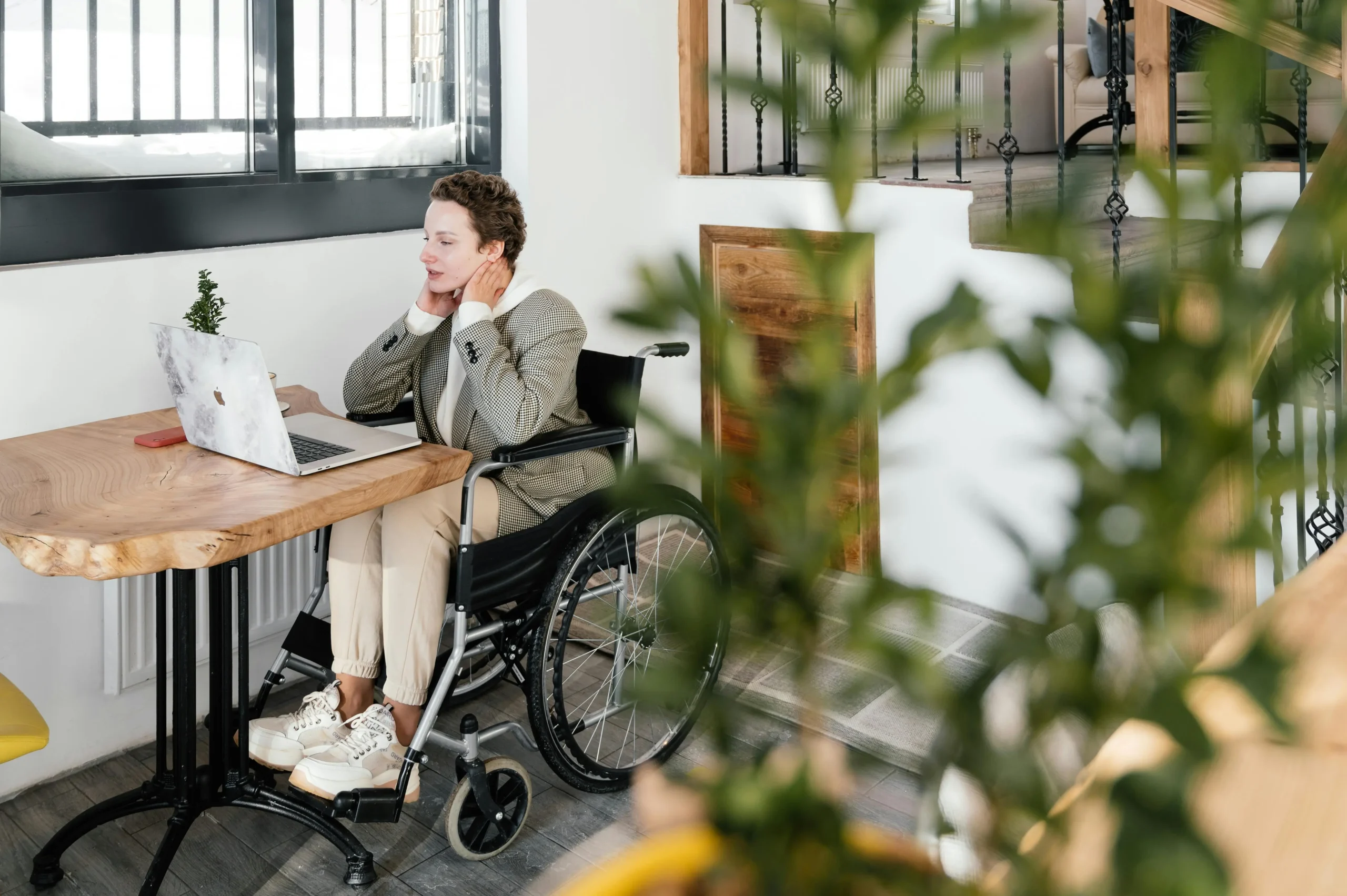Empathy at Work: A Comprehensive Guide to Recruiting and Supporting Handicapped Professionals

Introduction
In the dynamic landscape of contemporary workplaces, cultivating empathy isn’t merely a moral imperative; it stands as the cornerstone of a successful and harmonious organizational culture. This comprehensive guide delves into the critical role empathy plays in the recruitment and support of handicapped professionals. By fostering a workplace that values diversity, understands unique challenges, and harnesses the strengths of every team member, companies can position themselves at the forefront of innovation and inclusivity.
The Business Case for Inclusivity
Embracing Diversity for Success:
Beyond compliance, embracing diversity is a strategic move that propels companies towards enhanced innovation, improved employee satisfaction, and overall business success. The unique perspectives and talents of handicapped professionals contribute to a dynamic and creative workplace environment.
The Untapped Potential:
The talent pool represented by individuals with disabilities is often untapped. Recognizing and leveraging this potential becomes a catalyst for creativity and problem-solving, leading to a more competitive and resilient organization. Empathy in recruitment involves acknowledging and celebrating these diverse strengths.
Crafting Inclusive Recruitment Strategies
Rethinking Job Descriptions:
Initiate the journey towards inclusivity by reevaluating job descriptions. Use language that focuses on skills and abilities, refraining from exclusionary physical requirements. Communicate the company’s commitment to providing a supportive and accessible work environment. So employee can find jobs easily.
Accessible Hiring Processes:
Ensure that every stage of your recruitment process is accessible to everyone. This involves providing alternative formats for application materials, offering accessible interview locations, and incorporating inclusive technology to accommodate various needs.
Partnering with Disability-Inclusive Job Platforms:
Forge partnerships with job platforms specializing in disability-inclusive hiring. Platforms like Equal Capable Jobs facilitate connections between companies and a diverse pool of talented professionals with disabilities.
Nurturing a Supportive Workplace
Creating an Inclusive Culture:
True empathy extends beyond recruitment; it permeates the entire workplace culture. Cultivate an environment where all employees feel valued and supported. Conduct training sessions to increase awareness and understanding of disabilities, fostering a culture of acceptance and appreciation for diverse perspectives.
Accessible Workspaces:
Ensure physical spaces are universally accessible, accommodating the diverse needs of employees. From wheelchair ramps to elevators and accessible restrooms, investing in adaptive technology enhances the overall work experience for individuals with various abilities.
Empathy in Leadership
Leading with Compassion:
Leadership sets the tone for an empathetic workplace. Encourage open communication and actively listen to the needs and experiences of handicapped professionals. This approach fosters a culture of trust and mutual understanding, laying the foundation for a harmonious and productive work environment.
Flexible Policies and Accommodations
Implement flexible policies that accommodate the diverse needs of employees with disabilities. This might include offering flexible working hours, remote work options, or specific accommodations tailored to individual requirements. Flexibility demonstrates a commitment to supporting the unique needs of each team member.
Continuous Training and Sensitization
Ongoing Education:
Institutionalize continuous training programs for all employees to foster ongoing awareness and understanding of disabilities. Sensitization workshops can help break down stereotypes and dispel misconceptions, creating a workplace where everyone feels comfortable, respected, and valued.
Disability Etiquette:
Educate your workforce on disability etiquette to promote respectful interactions. This includes understanding preferred language, recognizing diverse abilities, and avoiding assumptions about limitations. Encouraging open communication can help bridge gaps and eliminate potential discomfort.
Mentorship Programs
Pairing with Mentors:
Implement mentorship programs that pair handicapped professionals with experienced mentors within the organization. This fosters a supportive relationship, providing guidance, sharing experiences, and facilitating professional growth. Such programs contribute to a sense of belonging and career development.
Peer Support Networks:
Establish peer support networks where handicapped employees can connect with colleagues facing similar challenges. These networks create a sense of community, offering a platform for sharing advice, resources, and encouragement, ultimately enhancing job satisfaction and retention rates.
Technology Accessibility
Accessible Tools and Software:
Invest in accessible technology and software to ensure that all employees can perform their tasks efficiently. Screen readers, captioned videos, and adaptive keyboards are examples of tools that make the workplace more inclusive. Regularly assess and update these technologies to align with evolving accessibility standards.
Inclusive Digital Communication:
Craft a culture of inclusive digital communication by considering various needs. Ensure that internal platforms and communication channels are accessible to individuals with visual or auditory impairments. This commitment to inclusivity extends to virtual meetings, presentations, and collaborative tools.
Recognition and Celebrations
Acknowledging Contributions:
Recognize and celebrate the accomplishments and contributions of handicapped professionals within the organization. Highlighting achievements not only boosts morale but also reinforces the value placed on diversity, creating a positive and inclusive work environment.
Inclusive Celebrations:
Make workplace celebrations and events inclusive. Consider diverse abilities when planning activities and ensure that all employees can participate comfortably. This not only promotes a sense of unity but also communicates a genuine commitment to the well-being and enjoyment of everyone on the team.
Conclusion
In conclusion, building an empathetic and inclusive workplace for handicapped professionals requires a holistic and ongoing commitment. From continuous education and mentorship programs to accessible technology and inclusive celebrations, every aspect of the workplace contributes to fostering a culture of understanding and support. By integrating these additional points into your approach, your organization can create a truly inclusive environment where every team member can thrive and contribute their unique talents to the collective success of the company.












